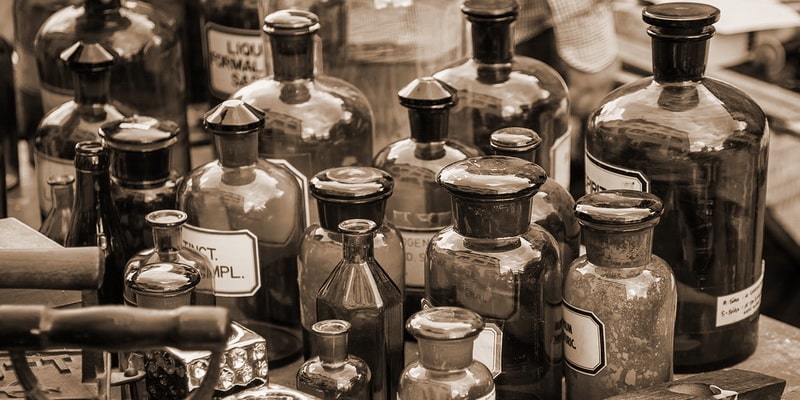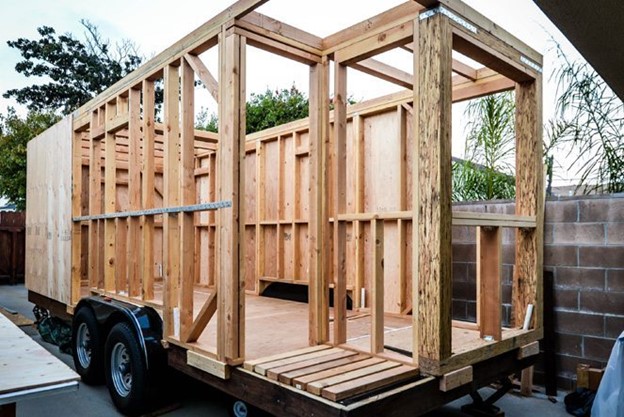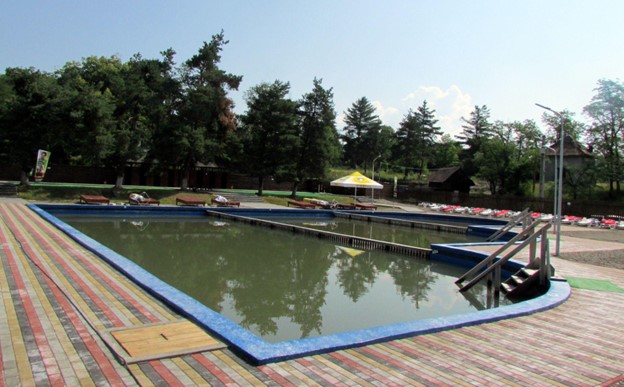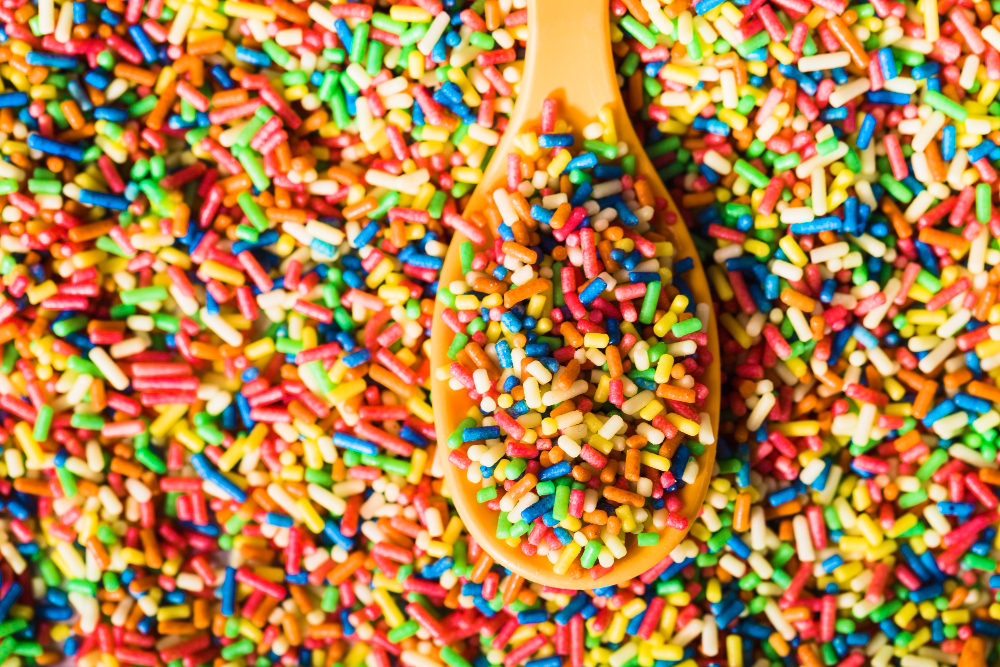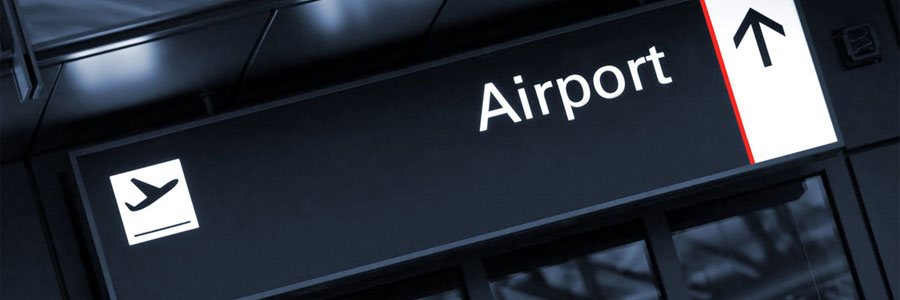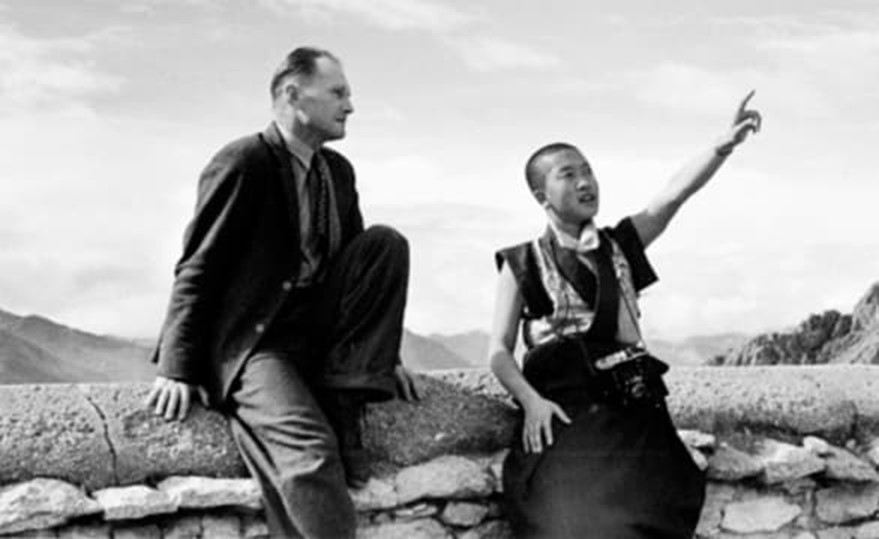In Bruges, the sights are mostly located in the historical town centre, which makes the attractions to be easily explored and found taking a walk through downtown. The Central Market Square is full of sights and buildings with a special architecture.
Burges, as a medieval town, offers tourists plenty of attractions and landmarks dating from the Middle Ages or even more recent attractions. All together offer the town a very interesting and unique air among the cities of Europe.
List of sights in Bruges
Groeninge Museum
Groeninge Museum is a tourist attraction in Bruges, also called “Museum of Fine Arts”, which has gained its name from the place where the Army of Flanders defeated the armies of King of France, in 1302. The museum collection was started in the 18th century, but the building was built between 1929 and 1930. The museum was named after the street where, in 1302, the Army of Flanders defeated the troops of King of France.
The museum’s collection includes artworks belonging to artists who lived or worked in Bruges. The most important artwork in the museum is “The Virgin and Child with Canon van der Paele”, painted by Jan Van Eyck in 1436. The plentiful and opulent details on the clothes of the characters give this painting the “Flemish medieval painting treasure” status.
Among the paintings from the 15th century we can also find “Death of the Virgin”, by Hugo van der Goes, “The Altar of St. Christopher”, by Hans Memling, and “Baptism of Christ”, by Gerard David. Another part of the museum includes works from Renaissance and Baroque painters, such as Jan Provoost, Lanceloot Blondeel, Adriaan Isenbrant and Pieter Pourbus. The 19th century is represented by artworks belonging to artists such as Joseph Suvée, Jozef Ducq, Jozef Odevaere and Albert Gregorius.
Schedule:
The museum is open every day from 9:30 a.m. to 5:00 p.m. (is closed every Monday).
Entrance fees:
The entrance fee is € 8.00 for adults, € 6.00 for groups of 15 people and € 1.00 for children between 6-25 years.
Address:
Dijver 12, Bruges.
Damme town, near Bruges
The little town of Damme is situated on the Zwin river, between Zeebrugge and Bruges. The river and the mud have played an important role in Damme’s flowering or fall since 1180 until today. Damme has many nice cafes and restaurants. A walk on the canal is marvelous, and if you walk through Damme, you can see see many sculptures by Charles Delporte representing some huge heads.
Damme Town Hall, built between 1464-1468, is an excellent example of Gothic architecture. But the most famous building in Damme remains the church, whose tower is three times taller than any building in Damme. St John’s Hospital, founded in 1249, has a museum containing furniture, paintings and centuries-old religious artifacts.
A boat trip from Bruges to Damme allows you to admire the most beautiful parts of the city from a completely different angle. The guides provide tourists a comprehensible documentation in multiple languages. The boats are not covered, but umbrellas for rainy weather are offered. The journey takes 30 minutes and the boarding point is Noorweegse Kaai.
The boats leave from Bruges daily at 10:00 a.m.; 12:00 p.m.; 14:00 p.m.; 4:00 p.m.; 6:00 p.m.
The boats leave from Damme every day at: 9:15 a.m.; 11:00 a.m.; 1:00 p.m.; 3:00 p.m.; 5:20 p.m.
Entrance fees:
Adult: € 5.50 (one way) and 7 EUR (round trip); for children aged 3-11 years: EUR 4 (one way) and 5 EUR (round trip); for pensioners over 65 years: 5 EUR (one way) and 6 EUR (round trip).
Palace of the Liberty of Bruges
The Palace of the Liberty of Bruges (Landhuis van het Brugse Vrije) has had many uses over the centuries. After completion of construction in 1525, the building was used as the Palace of the Region and after its second building, in 1725, became the Royal Court. Later, the building became a tourist information point. Today, it houses the National Archives. The most important part of the building is, of course, “The Aldermann Hall”, with its beautiful fireplace made of different materials: alabaster, marble and wood.
Schedule:
The Palace of the Liberty of Bruges is open every day from 9:30 a.m. to 12:30 p.m. and 1:30 p.m. to 5:00 p.m..
Entrance fees:
You can enter the courtyard without paying a fee; Renaissance Room is € 2.50 for adults, € 1.50 for pensioners and young people between 13-26 years old and free for children under 13 years.
Address:
Burg 11, Bruges.
Bruges Dolphinarium
The Dolphinarium has 1,600 seats, enough roomy for all those who want to admire the dolphins and seals in a fascinating show. The basin has an area of 850 m2 with a depth of 6 meters and 3 million liters of seawater.
Besides all those performances offered by the animals, the park also provides different attractions: mountain-rousses (Hurricane, Orca Ride), huge swings (Sancta Maria), panoramic wheel (Explorer II), chains (Wave Swinger), Water slides (Toboggan Aquatique), carousel (Carrousel), vintage cars (Oldtimers), boating (Mississippi).
Schedule:
Performance schedule:
- Dolphin show: 1:30 p.m. – 4:30 p.m.
- Sea lions show: 11:00 a.m. – 3:45 p.m.
- Seal show: 1:00 p.m. – 3:00 p.m.
- Eagle show: 12:30 p.m. – 3:15 p.m.
- “SeaDreams” movie – 10:45 a.m. – 12:15 p.m.; 2:30 p.m. – 4:00 p.m
Park opening hours:
- In April, it’s open between 10 a.m. – 5 p.m (closed between 20-24 and 27-30 of April);
- In May and June it’s open between 10 a.m. – 5 p.m (closed on Wednesdays);
- In July and August it’s open between 10 a.m. – 6 p.m;
- In September, it’s open only on weekends, between 10 a.m. – 5 p.m;
- Between October and March, there are no shows available, but the rest of the park can be visited.
Entrance fees:
The access tax is € 22 for adults and €18 for children under 12.
Address:
- De Baeckestraat 12, Bruges (St-Michiels).
If you go by car: Go on the European road E40 / A17 highway and exit at Exit 8 (via Koning Albertlaan). Parking costs EUR 6 all day.
If you want to go by bus: take Bus No. 4, 7 and 17 (from the center of Bruges – Biekorf); it stops right outside the park. It also stops at the train station in Bruges (2.5 km away from the park).
Diamond Museum
It’s the newest diamond museum in the world. Diamond polishing was invented in Bruges, in the 15th century, by the local Lodewijk van Berquem. Museum of Bruges offers visitors unique experiences: the interior of Lodewijk van Berquem’s imaginary workshop, a rare replica of the crown of Margaret of York, handmade in Bruges, original mining equipment, an exclusive 1:1 scale model of the total quantity of world diamond, polishing and cutting tools that were used within the diamond industry in Belgium and hundreds of real diamonds.
Everyday at 12:15 p.m. is taking place a diamond polishing demonstration, within the workshop held in the basement of the building dating from the Middle Ages. A walk through the museum is a journey in space and time: Bruges, the 15th century, diamond industry relocation in Antwerp in the 16th century, diamond industry relocation in Amsterdam in the 17th-18th centuries, exploitation of diamonds in South Africa in the 19th century – 20th century and the return of diamond activity back to Belgium, nowadays.
The main attractions of the museum are:
- the interior of Lodewijk van Berquem’s imaginary workshop, decorated in a bright red;
- diamond origins in the Far East and particularly in India, exhibited in some gorgeous photos;
- the construction of a Gothic arch, representing the genealogy of the Dukes of Burgundy, who reigned in Bruges in the sixteenth century, also represents the topographic development of Bruges, which was initially located at the junction of two rivers but evolving towards a system of channels through which the 50,000 inhabitants were highlighted as one of the largest commercial capitals of the Middle Ages in Northern Europe (at the time, was larger than Paris or London);
- the model of a Kogge, a boat used by the Mediterranean traders, ensuring the export / import activity between 14th – 16th Were imported ivory, gems, dyes and glass and were exported wool, upholstery, paintings, jewelry, textiles;
- the wall dedicated to Middle Ages flemish jewellery – a combination of details in painting by Flemish artists;
- panels on various topics, such as the first mention of diamond trading in the Netherlands, a list of famous jewelers and diamond polishers in Bruges;
- illustration of diamond polishing relocation in Antwerp, at the end of rich Burgundiene era, then the relocation in Amsterdam and then its return to Belgium, at the beginning of this century;
- a new era, the discovery of diamonds in South Africa in the middle of 19th century;
- exploitation methods: a photo gallery illustrating withdrawals from rivers, digging machines and a unique machine for digging under the sea;
- kimberlite samples (diamond’s stone mother) brought from Siberia, South Africa and Australia, showing the evolution of volcanic rock diamonds formed in the Earth mantle at 100-200 km underground and are brought to the surface through volcanic pipes;
- an exclusive1:1 scale exhibition of world’s total diamond quantity;
- standard details used in diamond world: moulding, carat, color, clarity;
- replicas of the most 20 valuable diamonds in the world: colored diamonds, diamond beads / granules, odd cut diamonds, small diamonds, large diamonds etc.
Schedule:
Diamond Museum in Bruges is open every day between 10:30 a.m. and 5:30 p.m. and the diamond polishing demonstration takes place every day, at 12:15 p.m.
Entrance fees:
The entry tax is 6 EUR – adults, 5 EUR – groups, 3 EUR – students / children.
Diamond polishing demonstration + museum: 9 EUR – adults and 7.5 EUR – groups.
Address:
Katelijnestraat 43, Bruges.
Bruges’ City Hall
Bruges’ City Hall was built between 1376 and 1420 and was among the first city halls in the Netherlands to be declared a monument. The main facade has 6 Gothic windows and two of the city’s guns. In the entrance hall are the wonderful ceremonial stairs, that lead visitors to the first floor, where is the Gothic room (built between 1386 and 1401). This room was decorated with
neo-Gothic paintings illustrating the most important events in the history of Bruges.
Schedule:
Bruges’ City Hall is open to visitors every day from 9.30 a.m. to 5 p.m. (closed on Mondays).
Entrance fees:
The entrance tax is € 2.50 for adults and free for children under 13 years.
Address:
Burg 12, Bruges
St. Mary Church
St. Mary Church was built over the course of two centuries (13th-15th). The church has Romanesque and Gothic influences. In 1900, the Church was renovated, its original medieval style being perserved and maintained. The most important part of the church is the tower. With a height of 122 meters, it’s the tallest tower in Bruges and the second largest in Belgium.
The reason why tourists visit this church is because it houses Michaelangelo’s “The Bruges Madonna and Child”, as well as the tombs of Mary of Burgundy and of her brave father, Charles the Bold. Duchess Mary of Burgundy was the queen of the Netherlands in the last part of the 15th century. “The Bruges Madonna and Child” was the only sculpture by the great Michelangelo to leave Italy during his lifetime. Although it was initially built for the Sienna Cathedral, two merchants from Bruges have brought the statue in Belgium, after their journey in Italy in 1506.
Schedule:
Visiting hours:
Mon-Fri: 9:00 a.m. – 12:30 p.m. and 1:30 p.m. – 5:00 p.m.;
Saturday: 9:00 a.m. – 12:30 p.m. and 1:30 p.m. – 4: 00 p.m.;
Sunday: 1:30 p.m. – 4: 00 p.m.
Entrance fees:
The church and the “Madonna and child” statue are free;
Chapel of Charles and Virgin Mary and the museum – 2.50 EUR for adults and 1.50 EUR for children.
Address:
Onze -Lieve-Vrouwekerkhof South, Bruges.
The Chocolate Museum
Chocolate Museum is a sight located in the “Huis Crone” (The Maison de Croon) building, in Saint John’s Square. Dating from 1480, The Maison de Croon originally served as a wine tavern and then as a pastry. In the 20th century, it was used as the headquarters of the employment exchange, the police training school and the communal bank of Belgium. Chocolate lovers and not only, can find very interesting a visit to this museum.
Here you can admire various chocolate sculptures, but also a history of occurrence of this food so loved by the children and not only. To find out how the cocoa transformed into chocolate and learn about health and quality aspects of Belgian chocolate, should definitely visit the Chocolate Museum.
Schedule:
Chocolate Museum is open every day from 10:00 a.m. to 5:00 p.m. Closed on December 24th, 25th and 31st and January 1st, 5th and 16th.
Entrance fees:
Adults – 6 EUR;
5 EUR for groups and students;
4 EUR for children between 6-12 years;
Free for children under 6 years.
Address:
Wijnzakstraat 2 (Sint-Jansplein)
8000 Bruges
From the central square, with the back to Belfort tower, on the other side of the Square, in the right, is the Vlamingstraat street. Walk on this street and then turn right on the first street to the Sint-Jansplein. On the left corner you’ll see Choco-Story.
Belfort Tower (or the Belfry of Bruges)
Belfort Tower is a tourist attraction in Bruges, built in the 18th century. This tourist attraction of Bruges has no less than 88 meters tall and houses the old tresure of Bruges. If you decide to climb the 366 stairs of the Belfry Tower, you’ll be able to admire the impressive mechanism of the clock which has 47 bells, each with different sounds and functions. The highlight is the panoramic view of the city from the top of the tower. Belfort Tower makes the central square of Bruges to be truly special.
Schedule:
The tower is open from Tuesday to Sunday, from 9:30 a.m. to 5 p.m.
Entrance fees:
The entrance fee is 5 euros.
Address:
Center, Markt.
Church of the Holy Blood (Basilica of The Holy Blood)
Basilica of The Holy Blood owns a remnant of the Holy Blood of our Lord, Jesus Christ. Legend has it that after the crucifixion, St. Joseph of Arimathea wiped the blood of the Savior’s body and kept the clothes. These clothes have remained in the Holy Land until the Second Crusade, when King of Jerusalem, Baldwin III, gave them to his brother in law, Diederik van de Elzas, Count of Flanders. The Count brought the clothes with the Savior’s blood on April 7, 1150, and placed it in a chapel he built in the Burg Square.
Church of the Holy Blood consists of a Romanesque chapel (ground floor) and a Gothic chapel (upstairs). The two levels couldn’t be more different, the Romanesque lower level being austere, with very little decoration, while the upper level is alive, full of color and details.
The two chapels are connected through a brick staircase, that starts from the facade to the square. The stairs were built in 1533, in a Romanesque style, but were demolished during the French occupation. They were rebuilt in the 19th century.
Schedule:
Church of the Holy Blood is open every day:
April to September: from 9:30 a.m. to 12 p.m. and 2 p.m. to 6 p.m.
October to March: from 10 a.m. to 12 p.m. and 2 p.m. to 4 p.m. (closed on Wednesdays afternoon).
Entrance fees:
Entering the church is free, but visiting the museum is €1.00 for adults and €0.50 for children.
Address:
Burg 10, Bruges.
Gruuthuse Museum
Gruuthuse Museum the largest museum complex in Bruges and is located in the House of Gruuthuse, which belonged to Van Brugghe-van der Aa family. Gruut is a mixture of flavors used to make beer. Art and antiquities collections were begun in 1865 by the Archaeological Society of Burges. In 1955, the Bruges city council won the collection and expanded it.
Sculptural art – collection consists of items from different materials: wood (crucifixes, fragments of church altars), ivory, stone and marble (baroque commemorative monuments of English King Charles II).
We can see various styles and types of furniture. Some furniture items and pieces belong to the Gothic period (chests and wardrobes). Most of the furniture dates from the 17th and 18th centuries and contains beautiful wood carved ornaments.
Silver vessels – silver religious objects and silver vessels were used for domestic purposes.
Metal vessels – the kitchen (with an original 15th century fireplace) can still be visited. The collection includes chandeliers, lamps, mugs, plates etc.
Ceramics – Ceramic collection is very large and it’s not fully exposed due to the lack of space. It includes ceramic objects produced in the most important ceramic centers in Europe: Brussels, Delft, northern France and Germany.
Entrance fees:
The entrance fee is € 9.00 for adults, € 7.00 for groups of 15 people and € 1.00 for people from 6 to 25 years.
Address:
Dijver 17, Bruges
It’s located near St. Mary Church.
The historic center of Bruges
The center of Bruges city is part of UNESCO World Heritage. The historic center of the town has been carefully built since the Middle Ages and is remarkably preserved even today. The city can tell its story through all the monuments, churches, historic buildings and squares. Bruges is an example of medieval historic settlement, which has preserved the original buildings throughout the centuries; Gothic buildings are part of the town’s identity. As one of the commercial and cultural capitals of Europe, Bruges has developed cultural links to different cities around the world, being associated with the school of Flemish primitive painting. Center of Bruges was declared UNESCO heritage in November 2000.
Modern architecture or infrastructure is rare in the center of Bruges. The medieval cobbled streets are still more comfortable to the asphalt. Many of the historic buildings have been proclaimed protected monuments by the city council and belong to the historical heritage of the city. Condition for them to stay protected is that the renovation and restoration to be made in accordance with the original style of the concerned building. Ever since the 13th century, more and more people visit Bruges for relaxation.

